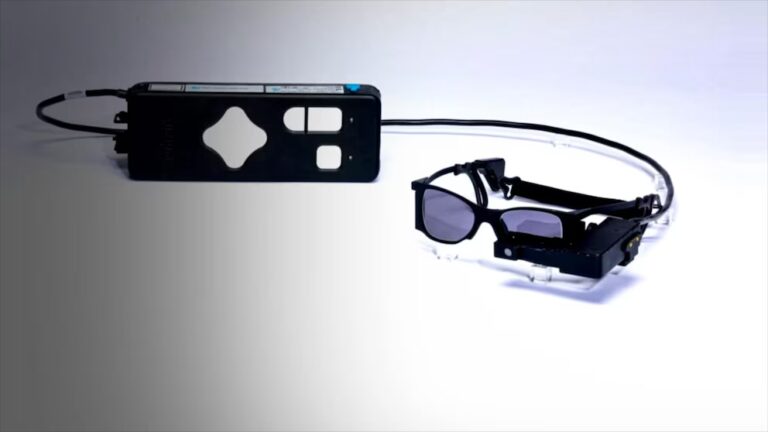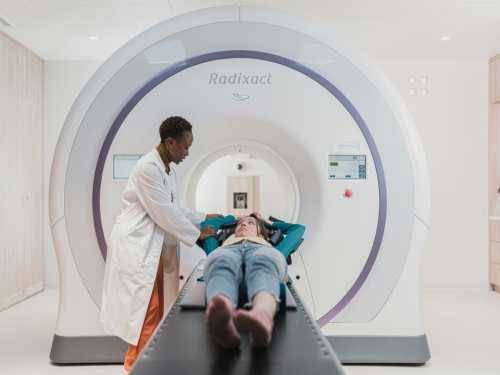
What has turned out to be nothing more than a large piece of space trash from a failed moon mission led astronomers at the US space agency NASA on a wild goose chase for three months as they raced to figure out if the mysterious object posed a danger to Earth.
Astronomers have finally confirmed what they had long suspected: a mysterious, near-Earth object they once thought was an asteroid is actually a 42-foot-long Centaur rocket booster used in a 1966 unmanned mission to the moon.
NASA’s Jet Propulsion Laboratory (JPL) announced on Wednesday the results of some serious stellar sleuthing that proved once and for all that the odd object detected in September is of Earthly origin.
As they studied the new object, scientists noticed some strange things that should not happen to asteroids, such as that it was being pushed by solar radiation. By tracing the object’s past orbital path backwards, they found it passed so close to Earth in 1966 that it could have believably come from the planet itself.

At launch pad 36-A, Cape Canaveral Air Force Station, cables help guide the second stage of an Atlas II/Centaur rocket as it is lifted up the gantry (behind it) for mating with the first stage.
He explained that the object’s orbit makes sense as a lunar rocket because of its speed and angle. “The spacecraft had to slow down, you want to approach the moon fairly slowly,” Chodas said. “So the rocket body missed the moon and went into orbit around the sun, just barely.”
Still, it remained to be proven just what 2020 SO was.
A spectral analysis of 2020 SO returned some strange results: it didn’t look like stainless steel researchers expected to see if it were a rocket piece, but it did resemble it somewhat. That’s when they realized the steel they were looking at it had been in space for 54 years, exposed to radiation and other hazards, and they set out to find a way to verify what such an object would look like now.

A Centaur second-stage rocket being assembled and readied at a General Dynamics factory for launch, November 8, 1962
“Because of the extreme speed at which Earth-orbiting Centaur boosters travel across the sky, we knew it would be extremely difficult to lock on with the IRTF [Infrared Telescope Facility] long enough to get a solid and reliable data set.”
Surveyor 2 was to have been the third man-made object to make a soft landing on the moon. In February 1966, the Soviet Union’s Luna 9 became the first, with the United States’ Surveyor 1 landing in June of that year. Surveyor 2 was intended to photograph the lunar surface as well as to perform a “bouncing” maneuver, both of which would aid in planning the manned Apollo missions that followed a few years later. However, on the way to the moon, one of the maneuvering thrusters failed to ignite during a course adjustment, sending the spacecraft tumbling uncontrollably through space.
Sourse: sputniknews.com






